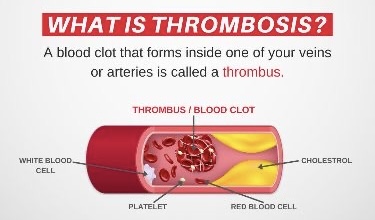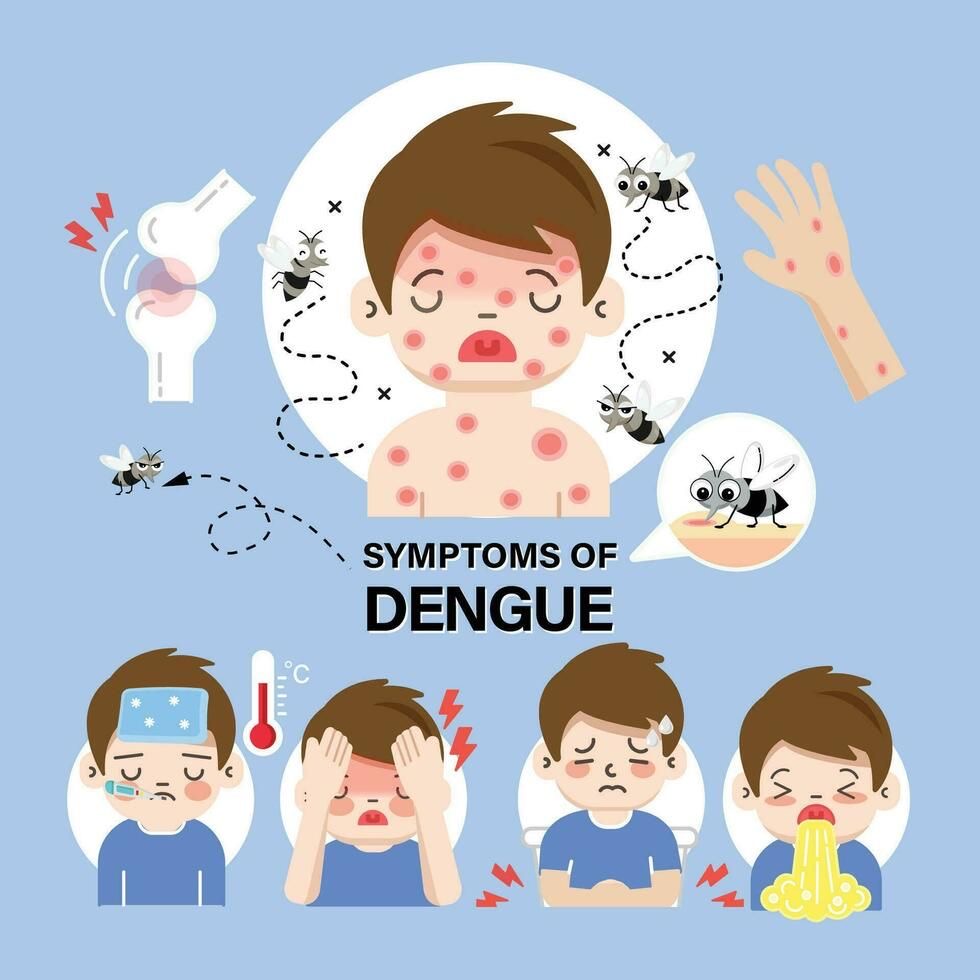Urgent Action Taken by State Health Department and WHO
Swapnil R Mishra
A diphtheria outbreak in Deeg district, Rajasthan, has prompted urgent action from the state health department and World Health Organization (WHO) after seven lives were lost within a month, and 24 samples tested positive. To contain the outbreak, vaccination efforts have begun, targeting the affected areas.
Diphtheria, a bacterial infection caused by Corynebacterium diphtheriae, spreads through air droplets and can be fatal if left untreated ¹. The recent cases highlight the importance of timely vaccination, as India accounted for 83.3% of global diphtheria cases in 2014.
Deeg District’s Chief Medical and Health Officer, Vijay Singhal, revealed that the area’s first diphtheria-related child death was reported on September 14 in Kaman. This prompted immediate action by the medical department, which began screening children in Kaman and nearby areas.
“Diphtheria, a preventable disease through vaccination, has persisted in this region due to widespread reluctance to get vaccinated. Local superstitions surrounding immunization have led to low vaccination rates, exacerbating the issue. Despite repeated efforts to educate and convince residents, health officials face significant resistance,” he said.
Singhal further said a number of drives have been organized in the district area, but the situation has not improved.
Despite numerous health drives in Deeg district, the diphtheria situation remains unchanged, according to CMHO Vijay Singhal. These efforts have failed to yield desired results, indicating a need for reevaluation of strategies to effectively contain the outbreak.
It poses a significant threat to children from newborns to 16 years old, primarily targeting the respiratory system. Symptoms include weakness, sore throat, mild fever and swollen glands in the neck, occurring when the bacteria attach to the respiratory lining. Children under 16 are particularly susceptible due to underdeveloped immune systems, inadequate vaccination and increased exposure risk. Caused by Corynebacterium diphtheriae bacteria, diphtheria spreads through airborne droplets and contact with infected individuals, yet prevention is possible through timely vaccination. Prompt diagnosis and treatment are crucial to prevent complications and reduce transmission risk, emphasizing the importance of vigilant surveillance and proactive measures.
Diphtheria’s devastating impact stems from the bacteria’s toxic secretion, which ravages healthy respiratory tissues. Within 2-3 days, deceased tissue transforms into a thick, gray pseudomembrane, potentially obstructing the throat or nasal passages. This menacing coating can envelop tissues in the nose, tonsils, voice box and throat, severely impairing breathing and swallowing.
Potential Complications
• Respiratory distress
• Asphyxiation risk
• Cardiac damage (heart failure)
• Neurological impairment (nerve damage)
• Renal damage (kidney failure)
The Pseudomembrane’s Destructive Power
• Obstructs airways, threatening oxygen supply
• Interferes with nutrient intake through swallowing difficulties
• Spreads toxin through bloodstream, targeting vital organs
Common Symptoms:
• Sore throat
• Fever
• Chills
• Swollen lymph nodes
• Skin sores
• Weakness
Diphtheria can be effectively managed through prompt treatment and prevention measures. Treatment options include antibiotics to eliminate the bacteria and halt toxin production, as well as diphtheria antitoxin to neutralize the circulating toxin and mitigate damage. Prevention is key, with vaccination providing immunity against diphtheria. Recommended for children, adolescents and high-risk individuals, vaccines are typically administered in combination with tetanus and pertussis vaccines (DTaP, Tdap or DT). Boosters may be necessary to maintain immunity. Early treatment is crucial to prevent complications, and vaccination is vital to preventing diphtheria outbreaks.




